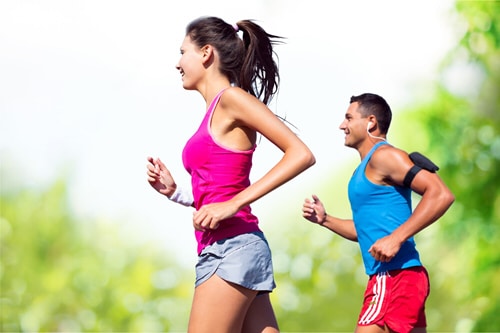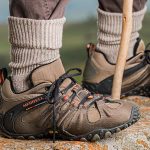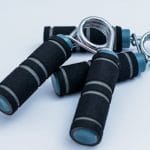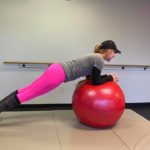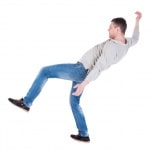So the debate continues: is running barefoot better for you than running in shoes? Here’s an easy to read scientific review of the many facets of this issue: http://www.lowerextremityreview.com/cover_story/the-truth-about-barefoot…
In sum, it says that the sudden switch to barefoot running will most likely create a new, different set of orthopedic issues. By the same token, it suggests what I’ve written before: those who were raised running barefoot are more likely capable of running barefoot without the numerous issues we face running shod in $100 shoes. It also suggests that only some will be able to transition to barefoot running. It leaves open the million dollar question: should YOU run barefoot?
Scientifically speaking, my take is this: if you are having running related problems and have treated them properly with appropriate training, equipment, muscle conditioning, and REST, then, by all means, try running barefoot for brief periods of time on well-groomed golf courses but continue training shod to retain some of your aerobic ability. Gradually add distance, time, and then intensity. If you intend to race barefoot, get appropriate foot covering – there are a number of brands available – and try them out on the golf course for a period of time, adding distance, time, and intensity BEFORE venturing out onto the asphalt. If, after what should be several months of training thusly, without negative consequences, go for it. If at any point you experience symptoms similar or other than those you had while running shod, then step back and again, alter your training – perhaps scaling back one of the three variables, or simply change the ratio of shod to unshod training. Whatever method you progress, be willing to chuck it all down the drain and call it quits on behalf of a one-person experiment. You may become one of the few out there running barefoot, or may simply be one of the many running shod, but by all means, keep running.

